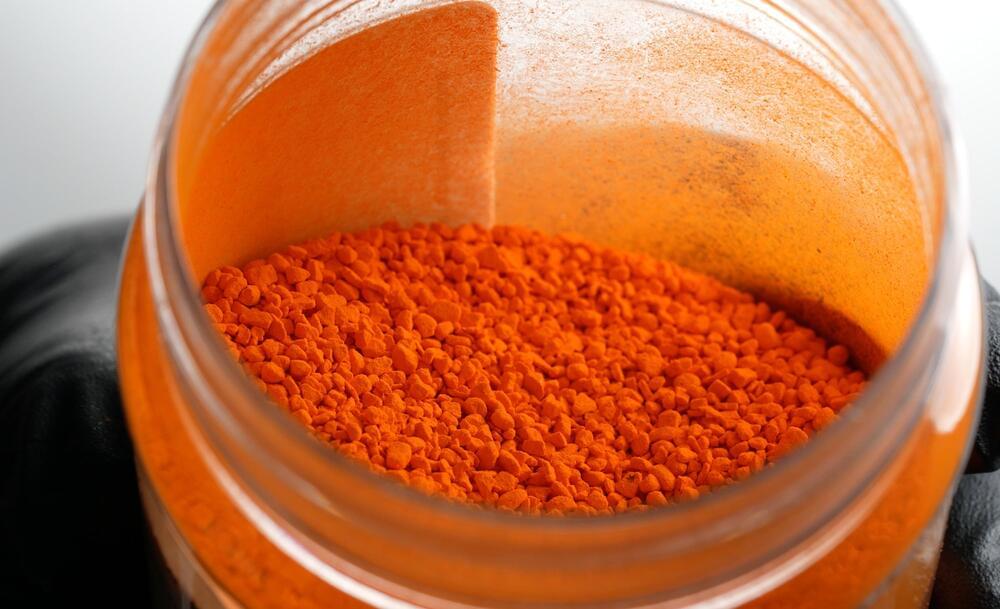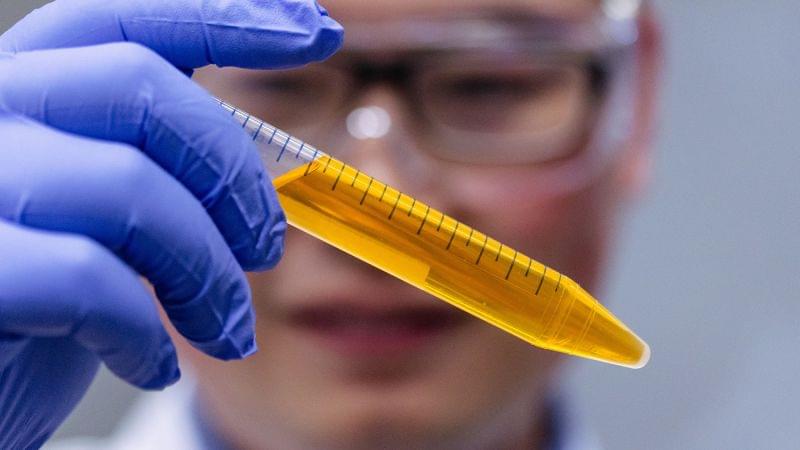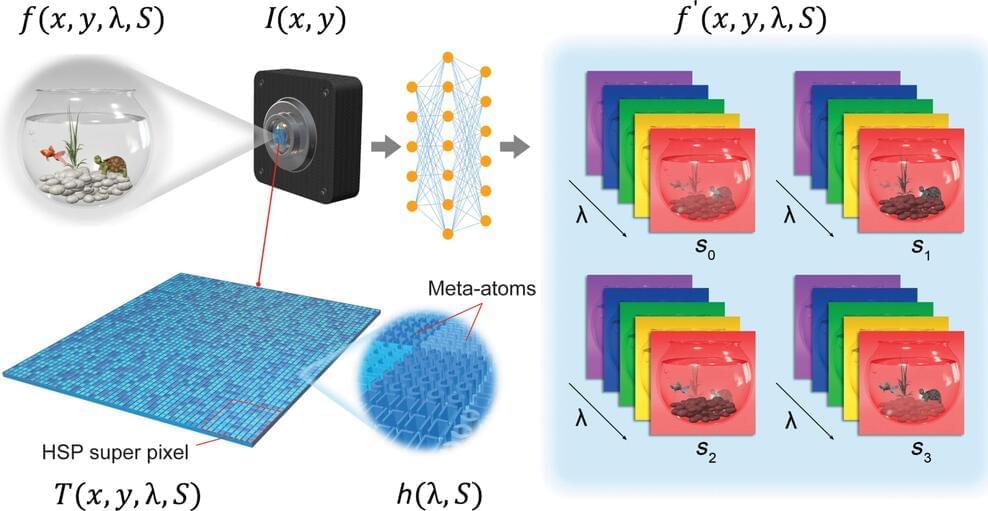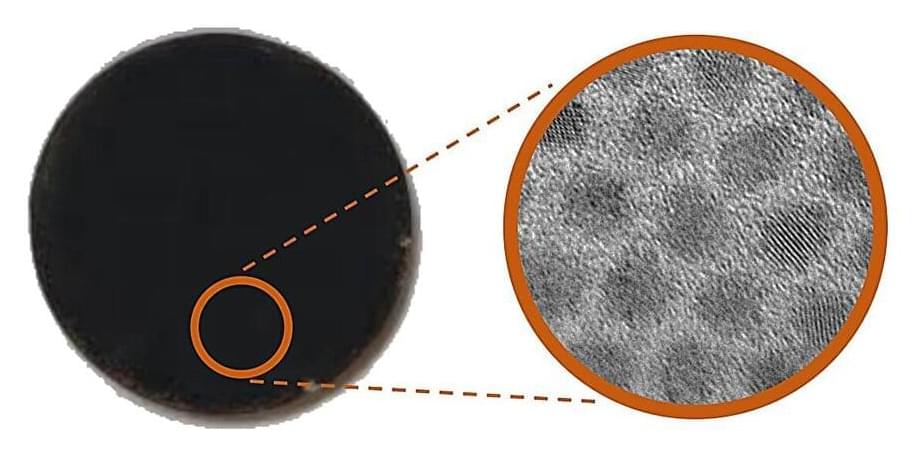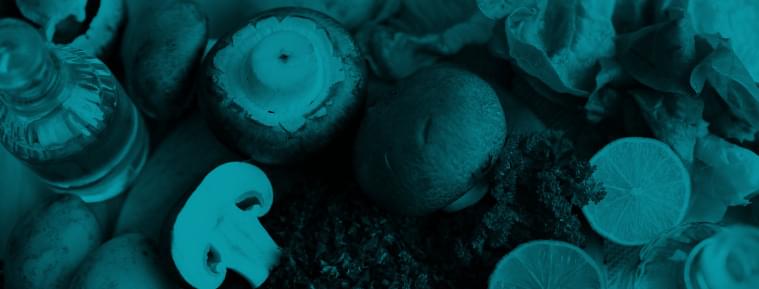I have been off Facebook, will leave again because I always get harassed by Facebook. I haven’t used it ib months, and I already have broken ubknown rules🙄. I did share info to Lifeboat via e-mail. I think I will join X like everyone else…but this was a cool video.
No, this is not Japan but Kenya! East Africa just got its first ever Robot restaurant and it is located in Nairobi. This really fun cafe style eatery is ideal for families with kids as the young ones will simply love the robot waiters.
The robots moving around the serving the food is definitely the main attraction of this robot cafe but the food is also very good and fairly affordable. So if you ever wondered where to eat in Nairobi well try this place out!
Robo Cafe Nairobi location:
Lana Plaza (first floor), Oloitoktok Rd, Nairobi, Kenya.
WANNA SUPPORT US? HERE IS HOW
